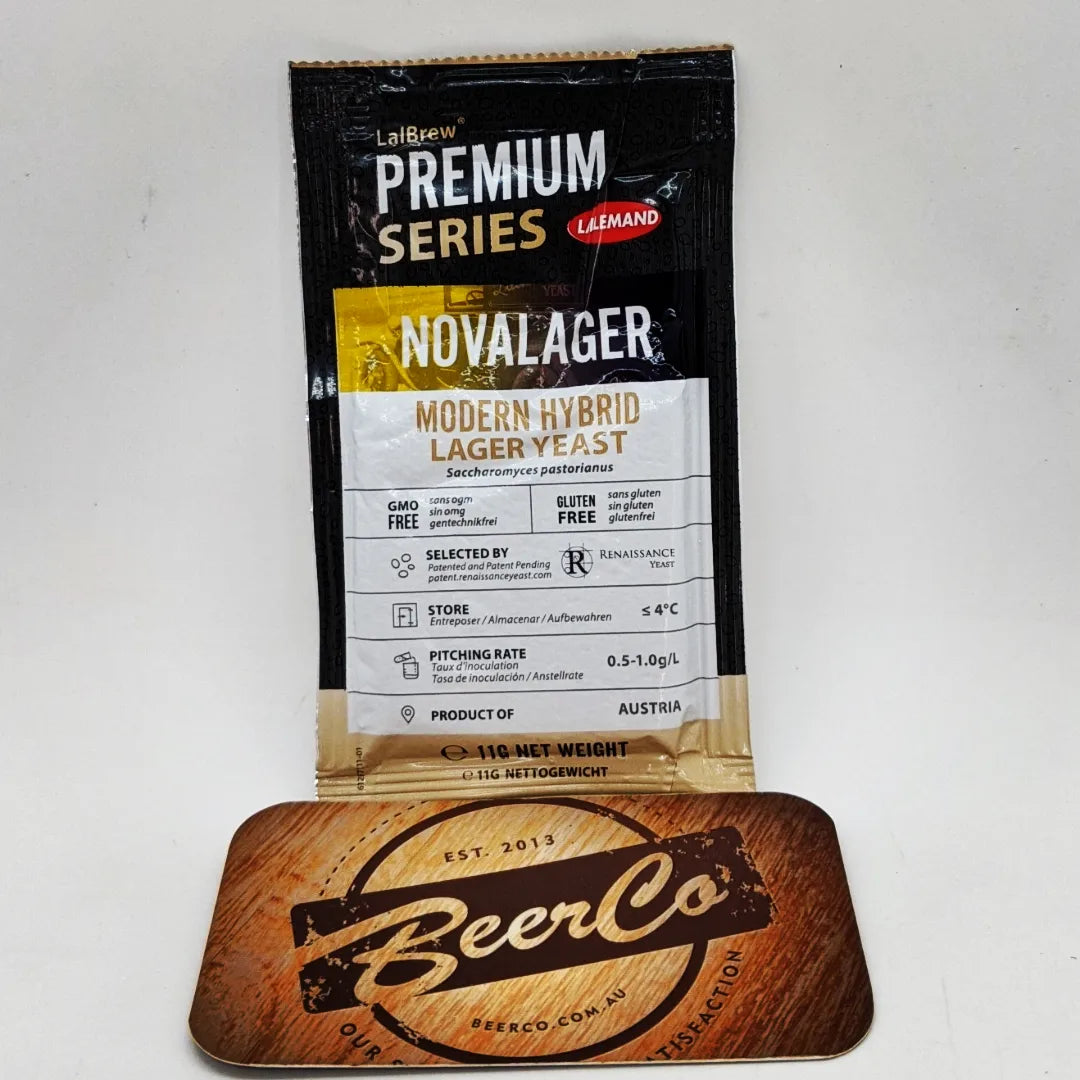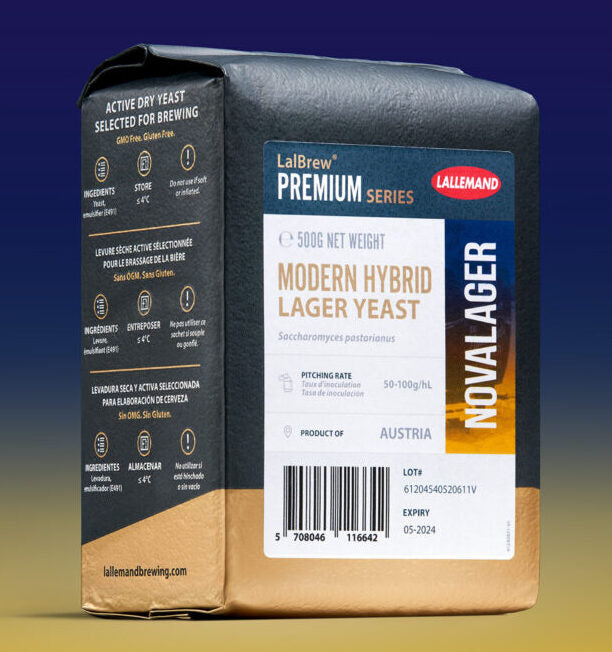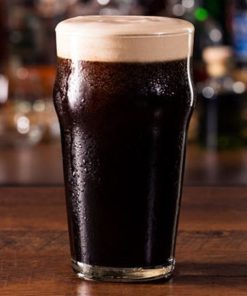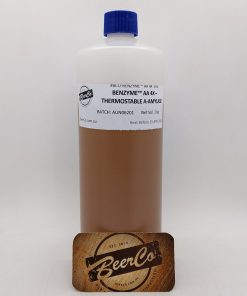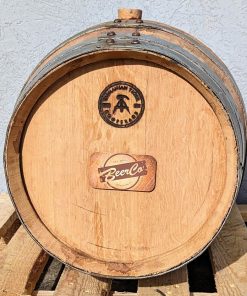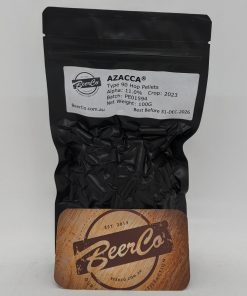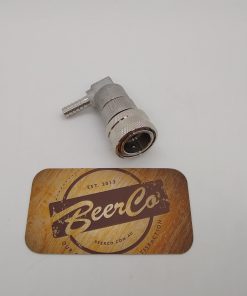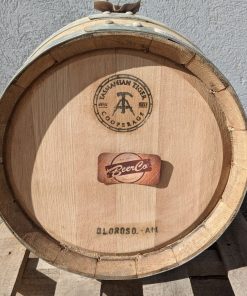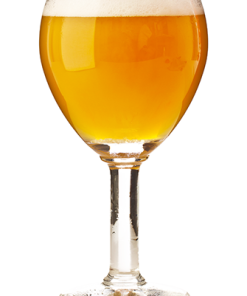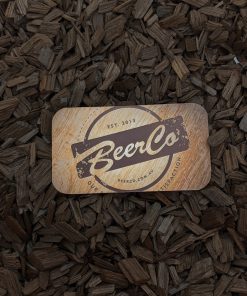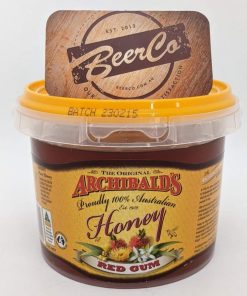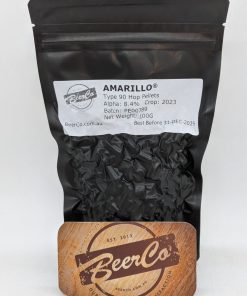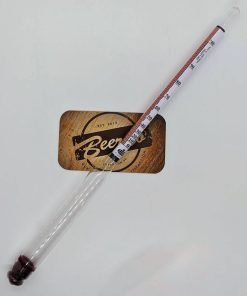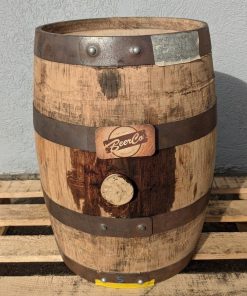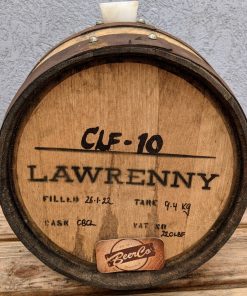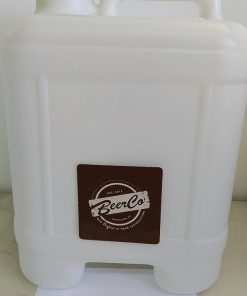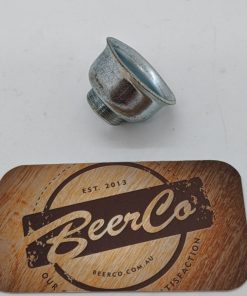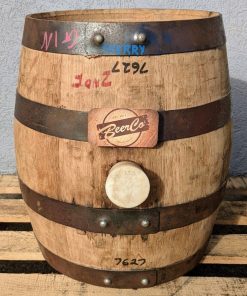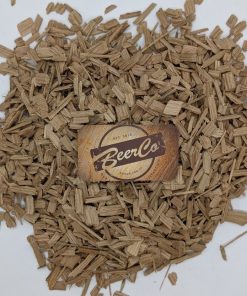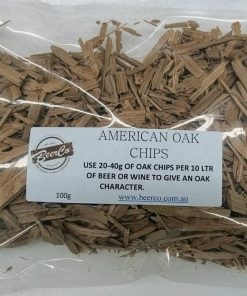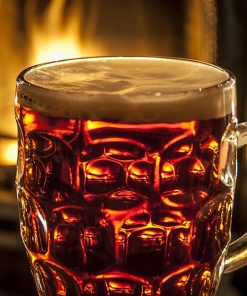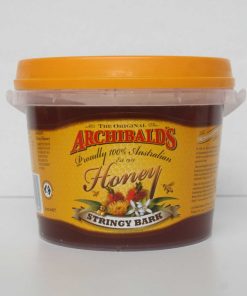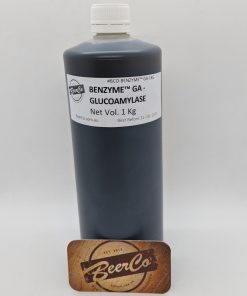LalBrew® NovaLager Yeast Winequip
$ 8,45 $ 5,07
LalBrew NovaLager™ is a true bottom-fermenting Saccharomyces pastorianus hybrid from the novel Group III lineage that has been selected to produce clean lager beers with distinct flavor characteristics and superior fermentation performance.
LalBrew NovaLager™ is a robust lager strain with ideal characteristics for lager beer production including fast fermentations, high attenuation and high flocculation. The distinct flavor profile is very clean, slight esters over a wide temperature range.
This product is the result of the research and development work of Renaissance Bioscience Corp. (Vancouver BC, Canada) in partnership with Lallemand Brewing. LalBrew NovaLager™ was selected using classical and non-GMO breeding methods to obtain a novel Saccharomyces cerevisiae x Saccharomyces eubayanus hybrid strain that defines a novel Group III (Renaissance) lager lineage that is distinct from any other traditional Saccharomyces pastorianus strains.
This strain is a low VDK/diacetyl producer and utilizes patented technology from the University of California Davis (USA) that inhibits the production of hydrogen sulfide (H2S) off-flavors, therefore reducing the maturation time associated with lager beer production.
Pack Sizes:
- 11g Sachet
- 500g Brick (SAVE 14% OFF 11g sachet Price)
Beer Styles:
- Lager
Aroma:
- Clean, low to medium ester, no sulfur
Attenuation:
- 78 – 84%
Fermentation Range:
- 10 – 20°C (50 – 68°F)
Flocculation:
- Medium
Alcohol Tolerance:
- 13% ABV
Pitching Rate:
- 50 – 100g/hL to achieve a minimum of 0.5 – 1 million viable cells/mL
MICROBIOLOGICAL PROPERTIES:
Classified as Saccharomyces pastorianus, a bottom-fermenting yeast. Typical Analysis of LalBrew NovaLager™ yeast:
- Percent solids 93% – 97%
- Viability ≥ 5 x 109 CFU per gram of dry yeast
- Wild Yeast < 1 per 106 yeast cells
- Diastaticus Undetectable
- Bacteria < 1 per 106 yeast cells
Finished product is released to the market only after passing a rigorous series of tests.
*See specifications sheet for details
BREWING PROPERTIES
In Lallemand’s Standard Conditions Wort at 12°C (53.6°F) LalBrew NovaLager™ yeast exhibits: Vigorous fermentation that can be completed in 6 days.
High Attenuation and Medium Flocculation.
Aroma and flavour are clean with low to medium ester, no sulphur. This strain is POF negative.
The optimal temperature range for LalBrew NovaLager™ yeast when producing traditional styles is 10 – 20°C (50 – 68°F).
Lag phase, total fermentation time, attenuation and flavour are dependent on pitch rate, yeast handling, fermentation temperature and nutritional quality of the wort.
Flavour and Aroma:

Instructions for use:
The pitch rate will affect the fermentation performance and flavour of the beer. For LalBrew NovaLager™ yeast, a pitch rate of 50 – 100g per hL of wort is sufficient to achieve optimal results for most fermentations. More stressful fermentations such as high gravity, high adjunct or high acidity may require higher pitch rates and additional nutrients to ensure a healthy fermentation. LalBrew NovaLager™ may be re-pitched just as you would any other type of yeast according to your brewery’s SOP for yeast handling. Wort aeration is required when re-pitching dry yeast.
Dry pitching is the preferred method of inoculating wort. This method is simpler than rehydration and will give more consistent fermentation performance and reduce the risk of contamination. Simply sprinkle the yeast evenly on the surface of the wort in the fermenter as it is being filled. The motion of the wort filling the fermenter will aid in mixing the yeast into the wort. For LalBrew NovaLager™, there are no significant differences in fermentation performance when dry pitching compared to rehydration.
Find your exact recommended pitching rate with our Pitch Rate Calculator the Brewers Corner at
Rehydration:
Rehydration of yeast prior to pitching should be used only when equipment does not easily facilitate dry pitching. Significant deviations from rehydration protocols can result in longer fermentations, under-attenuation and increased risk of contamination. Rehydration procedures can be found on our website. Measure the yeast by weight within the recommended pitch rate range. Pitch rate calculators optimized for liquid yeast may result in significant overpitching.
Storage:
LalBrew NovaLager™ yeast should be stored in a vacuum sealed package in dry conditions below 4C° (39°F). LalBrew NovaLager ™ will rapidly lose activity after exposure to air. Do not use 500g or 11g packs that have lost vacuum. Opened packs must be re-sealed, stored in dry conditions below 4°C (39°F), and used within 3 days. If the opened package is re-sealed under vacuum immediately after opening, yeast can be stored below 4C° (39°F) until the indicated expiry date. Do not use yeast after expiry date printed on the pack. Performance is guaranteed when stored correctly and before the expiry date. However, Lallemand dry brewing yeast is very robust and some strains can tolerate brief periods under sub-optimal conditions.
Dry Pitching:
Dry pitching is the preferred method of inoculating wort. This method is simpler than rehydration and will give more consistent fermentation performance and reduce the risk of contamination. Simply sprinkle the yeast evenly on the surface of the wort in the fermenter as it is being lled. The motion of the wort filling the fermenter will aid in mixing the yeast into the wort.
For LalBrew NovaLager™, there are no significcant differences in fermentation performance when dry pitching compared to rehydration.
Rehydration:
Rehydration of yeast prior to pitching should be used only when equipment does not easily facilitate dry pitching. Significant deviations from rehydration protocols can result in longer fermentations, under-attenuation and increased risk of contamination. Rehydration procedures can be found on the Lallemand Brewing website.
Measure the yeast by weight within the recommended pitch rate range. Pitch rate calculators optimized for liquid yeast may result in significant overpitching.
Further Information and Technical Knowledge Resources:
- Technical Data Sheet
- Lallemand Lager Strain Selection and Best Practices
| Size | 11 gm, 500 gm |
|---|
Fast shipping and professional packing
We offer a wide range of shipping options due to our long-running partnerships with UPS, FedEx and DHL. Our warehouse staff are highly trained and will package your items according to our precise and precise specifications. Before shipping, all goods are thoroughly inspected and securely secured. Every day we ship hundreds of packages to our customers from all over the world. This is a sign of our commitment to be the largest online retailer worldwide. The warehouses are located situated in Europe as much as they are in USA.
Note: Orders containing multiple items will have a different processing period for each item.
Before shipping the items, our staff will carry out an extensive inspection of the products you have ordered. The majority of orders are delivered within 48 hrs. The delivery time should be between 3-7 working days.
Returns
We don't manage the stock in our factory and warehouse. Actual stock levels may fluctuate at any moment. Be aware that it's possible that your order will be out of stock after you have placed the order.
Our policy is for 30 days. Unfortunately, if 30 days have passed from the date you purchased the product, we are unable to offer you a return or exchange.
The item must not be used, and it must be in the original packaging. It must also be in the original packaging.
Related products
Brewing Aids
Brewing Aids
Equipment
Brewing Aids
Equipment
Equipment
Equipment
Brewing Aids
Brewing Aids
